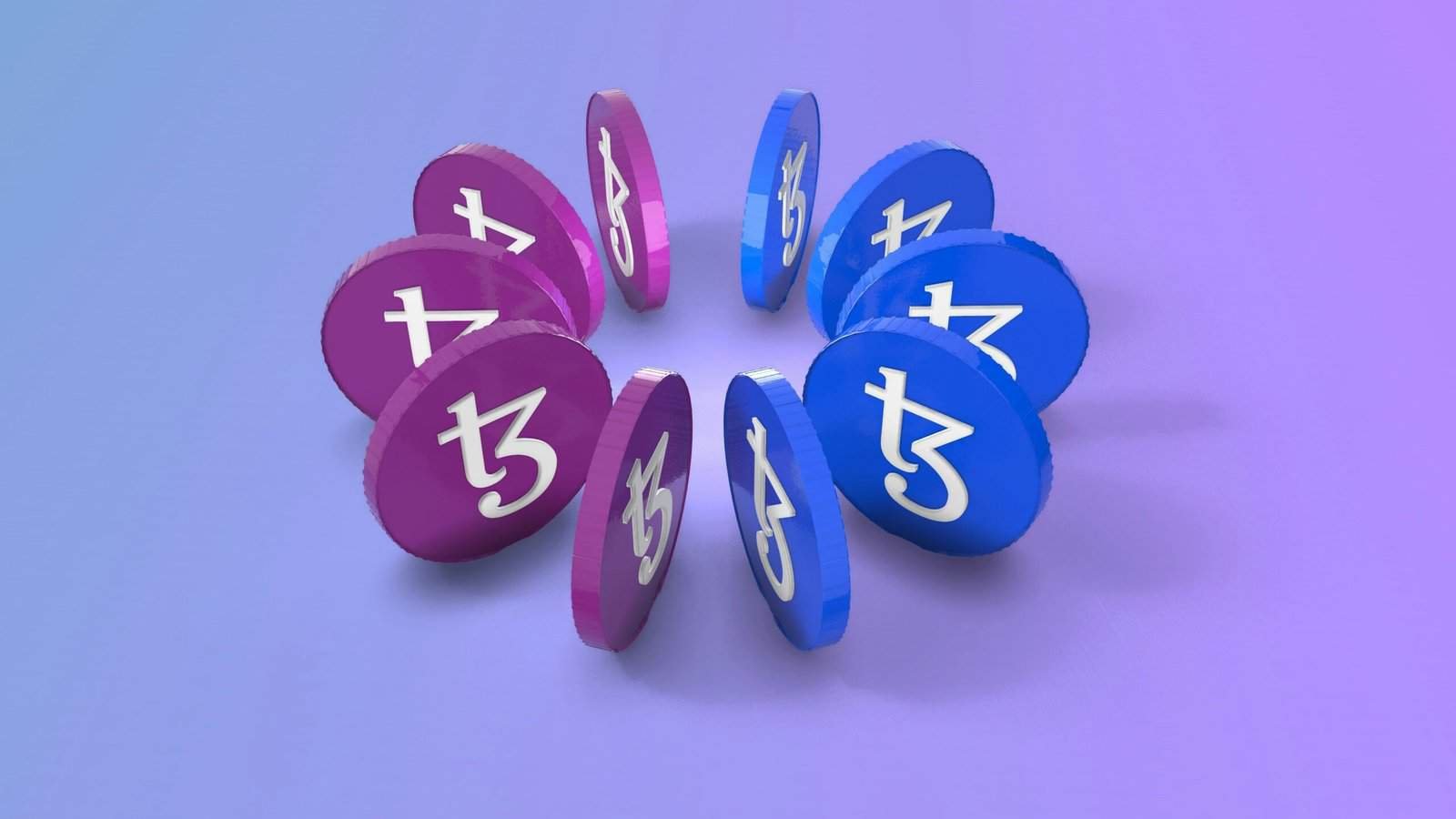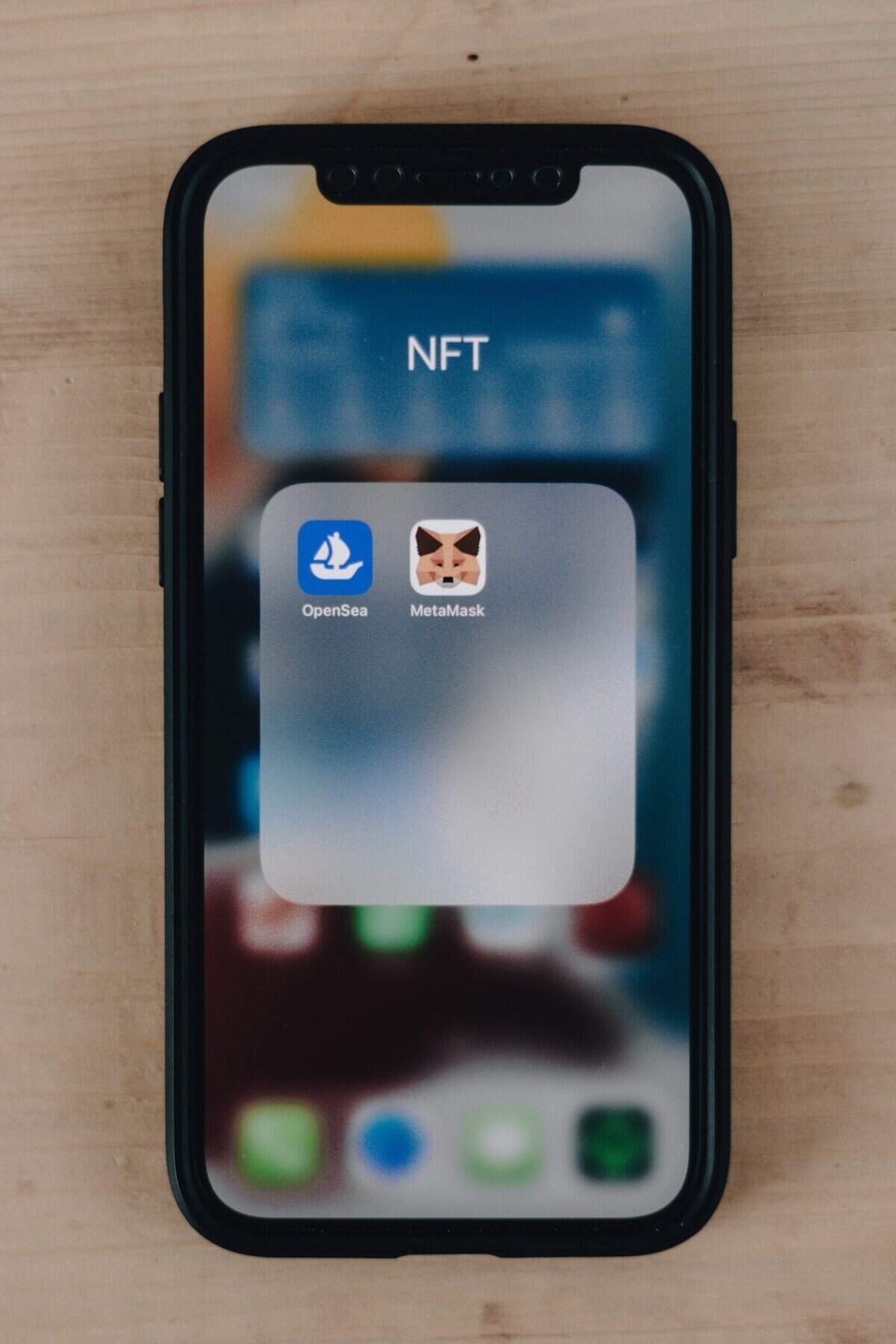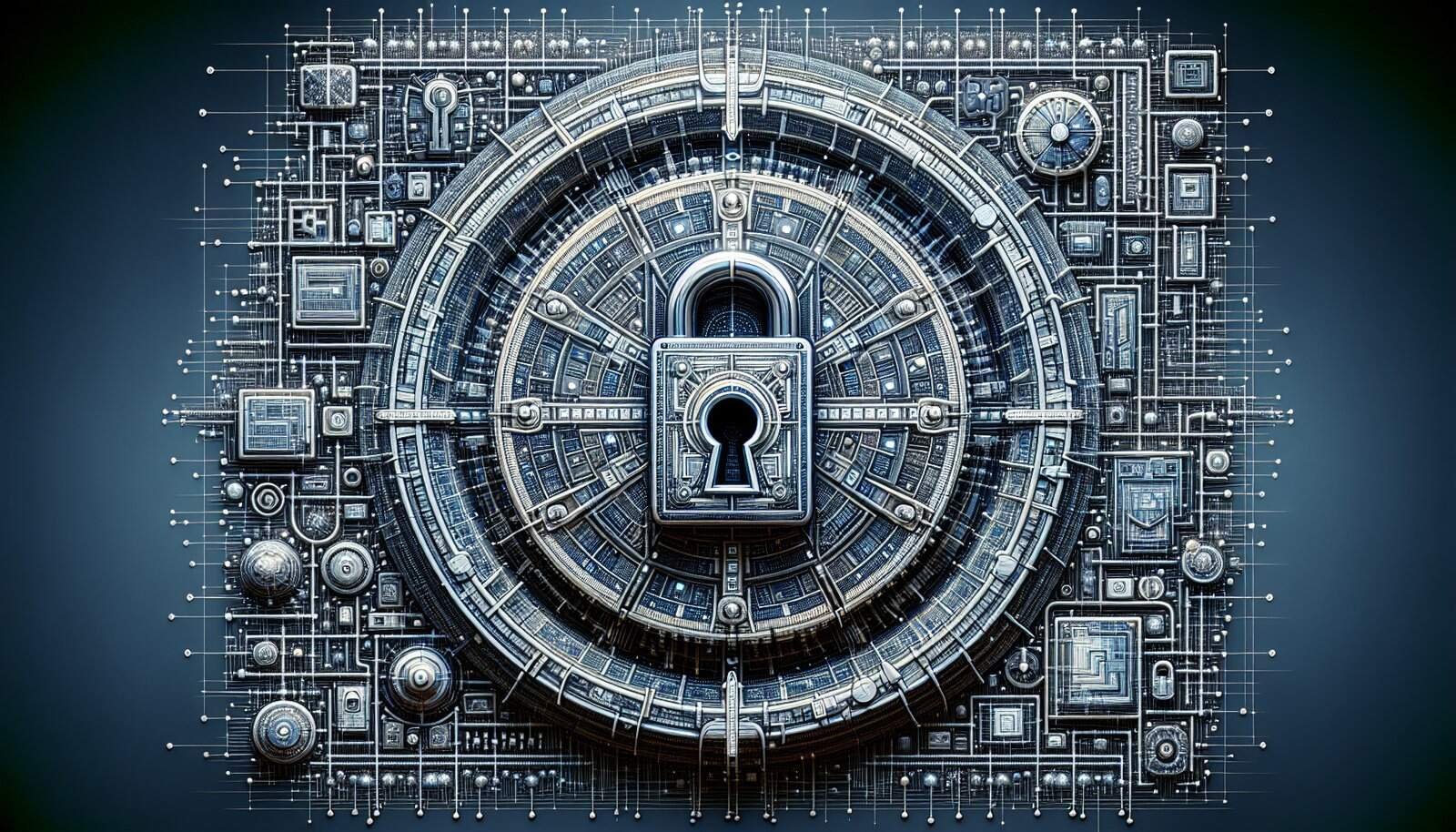Have you ever wondered how much control you have over your digital assets? In a world where technology increasingly mediates our financial transactions, taking charge of our own assets has never been more important. Today, we’ll discuss self-custody and the crucial role it plays in managing your cryptocurrencies.
What is Self-Custody?
Self-custody is the practice of taking personal responsibility for the safekeeping of your digital assets, without reliance on third-party intermediaries. This means you are the sole custodian of your assets, ensuring that you have control, ownership, and access to them at all times. Imagine it like holding your money in a safe that only you can access, rather than trusting it to a bank.
The Importance of Self-Custody
In the digital finance sphere, self-custody becomes vital because it grants you complete control over your cryptocurrencies. Unlike traditional financial institutions that may control access to your funds through accounts and other means, self-custody gives you direct access to your private keys—the cryptographic keys necessary to access and manage your assets. This decentralizes control, protecting you from potential fraud, mismanagement, or insolvency of third-party services.
How Self-Custody Works
When you hold your cryptocurrencies in self-custody, you manage your private keys using wallets. These wallets can be hardware devices, software applications, or even paper keys. By possessing these keys, you unlock the ability to send, receive, and store your assets securely. However, with great power comes great responsibility—you must take care in storing and managing these keys, as losing them could mean losing access to your assets forever.
Types of Wallets for Self-Custody
Choosing the right type of wallet is critical for effective self-custody. Each wallet type has its pros and cons, so consider your individual needs and preferences before making a decision.
Hardware Wallets
Hardware wallets are physical devices that securely store your private keys offline, away from potential online threats. They are considered one of the safest options for self-custody because they can be disconnected from the internet, reducing the risk of hacks. Popular hardware wallets include Ledger and Trezor. While they offer robust security, they can be expensive and might require additional technical know-how to operate.
Software Wallets
Software wallets are applications you can install on your computer or smartphone. These offer convenience and accessibility, making them ideal for frequent transactions. However, they are more susceptible to cyberattacks compared to hardware wallets. Examples of software wallets include Electrum, MyEtherWallet, and Trust Wallet.
Paper Wallets
Paper wallets involve printing or writing down your private and public keys on a physical medium. This offline approach keeps your keys secure from digital threats, but it also means that losing or damaging the paper can leave you without access to your assets. Moreover, generating and managing paper wallets effectively requires a certain level of expertise to avoid compromising your security.

Steps to Achieve Self-Custody
Taking control of your digital assets through self-custody involves several key steps. By following a methodical approach, you can ensure a secure transition to self-custody.
Understand the Risks and Responsibilities
Before deciding to manage your own keys, consider the risks involved. Self-custody requires vigilance in security practices, such as regularly updating your security measures, being wary of phishing attacks, and avoiding exposing your keys to potentially compromised devices or networks.
Choose the Right Wallet
Select a wallet that meets your security needs and suits your level of comfort with technology. Whether it’s a cold storage option like a hardware wallet or the convenience of a software wallet, ensure that you understand the implications and how to use your chosen solution effectively.
Secure Your Keys
Once you’ve chosen a wallet, focus on maintaining the security of your private keys. This might involve creating backup copies, storing them in multiple secure locations, and using passphrases or two-factor authentication to add layers of security.
Regularly Monitor and Update
Stay informed about updates and security patches for your wallet solution. The technology space evolves quickly, so it’s important to regularly assess whether your assets are stored in the most secure manner possible.
Real-Time Price Feeds in Self-Custody
Keeping track of asset values is crucial when managing cryptocurrencies, especially in self-custody. Real-time price feeds provide critical data that allows you to make informed decisions about your assets’ management.
The Role of Real-Time Price Feeds
Real-time price feeds allow you to gain instant access to current market values, informing your decisions about buying, selling, or holding cryptocurrencies. This data is gathered from various exchanges and compiled into a coherent feed that you can integrate with your wallet or preferred platform.
Benefits of Real-Time Price Feeds
Having up-to-date price information at your fingertips empowers you to act quickly in response to market fluctuations. If you’ve self-custodied your digital assets, real-time data can guide your strategic decisions, helping you avoid potential losses or capitalizing on favorable market trends.
Implementing Price Feeds with Self-Custody Solutions
Numerous wallets and portfolio management tools integrate real-time price feeds, providing seamless access to market data. When selecting a solution, ensure that it is compatible with your chosen self-custody method and offers the level of detail and integration you require. Popular platforms like TradingView or CoinMarketCap offer price feed services that can be linked to your wallet for real-time insights.

Advantages and Disadvantages of Self-Custody
Engaging in self-custody comes with its distinct pros and cons. It’s essential to weigh these carefully to determine whether self-custody suits your needs and situation.
| Advantages | Disadvantages |
|---|---|
| Full control over your assets. | Higher responsibility for security. |
| Protection against third-party failure. | Risk of asset loss due to private key mismanagement. |
| Greater privacy and autonomy. | Lack of customer support and recovery options. |
Advantages
When you choose self-custody, you have full control over your assets, eliminating the reliance on centralized entities. This decentralization provides greater security from institutional failures, such as bank insolvency or exchange hacking. Furthermore, self-custody enhances your privacy, as there is no need to disclose personal information to third parties when conducting transactions.
Disadvantages
The increased responsibility associated with managing your own keys can be daunting. Should you lose or mismanage your keys, there are no recovery options or customer support lines to assist you. Additionally, the technical requirements for setting up and maintaining self-custody may not be suitable for everyone, particularly those new to cryptocurrencies.
Common Misconceptions About Self-Custody
Even though self-custody offers numerous benefits, misconceptions about its complexity or security can deter individuals from embracing it.
Misconception 1: It’s Too Complicated
Many people assume self-custody is overly complex, when in fact, with the right resources and guidance, it can be straightforward. By starting with user-friendly wallets and resources, you can gradually build your understanding and confidence in managing your own keys.
Misconception 2: It’s Not Secure
Another common myth is that self-custody is insecure. While there are risks involved, following best practices for security can mitigate these threats. Using reputable wallets, regularly updating your devices, and practicing caution when sharing information are key strategies for maintaining strong security.

Resources to Help with Self-Custody
Taking the leap into self-custody doesn’t mean going it alone. Numerous resources are available to help ensure your success.
Educational Websites and Courses
Websites such as Bitcoin.org and Coinbase have extensive libraries of articles, videos, and tutorials for beginners. Online courses from platforms like Coursera or Udemy can provide structured learning paths for those who prefer more formal instruction.
Community Forums and Groups
Engaging with community forums like Reddit’s cryptocurrency subreddits or joining specialized groups on Telegram or Discord can provide helpful advice and support from fellow users who have experience in self-custody.
Wallet Providers’ Support Content
Many wallet providers offer thorough documentation and support articles to aid you in using their products. Exploring these resources can help you understand features, security tips, and troubleshooting steps for your specific wallet.
Conclusion
Self-custody presents an empowering option for those who desire full control over their digital assets. By understanding the principles behind it and taking the right steps to secure your private keys, you can engage confidently with this approach. Coupling it with real-time price feeds further enhances your ability to make informed decisions, allowing you to navigate the crypto market strategically. As you venture into self-custody, remember that resources and supportive communities are available to guide and assist you on your journey.

